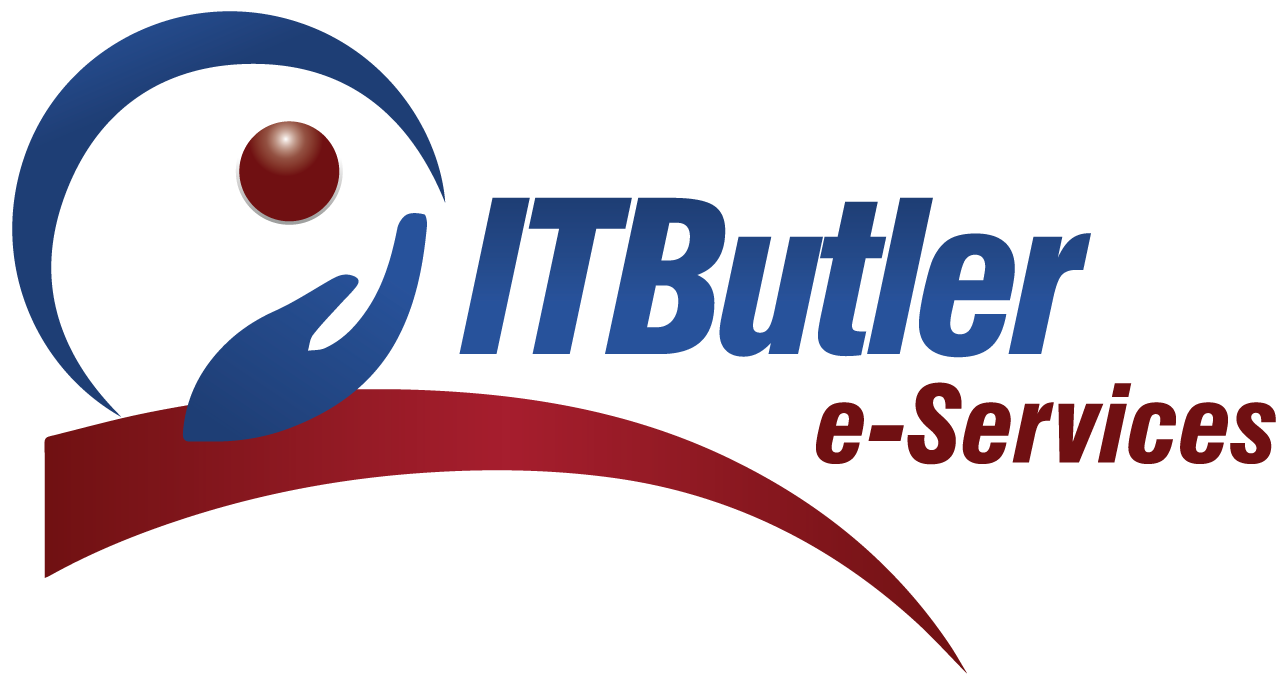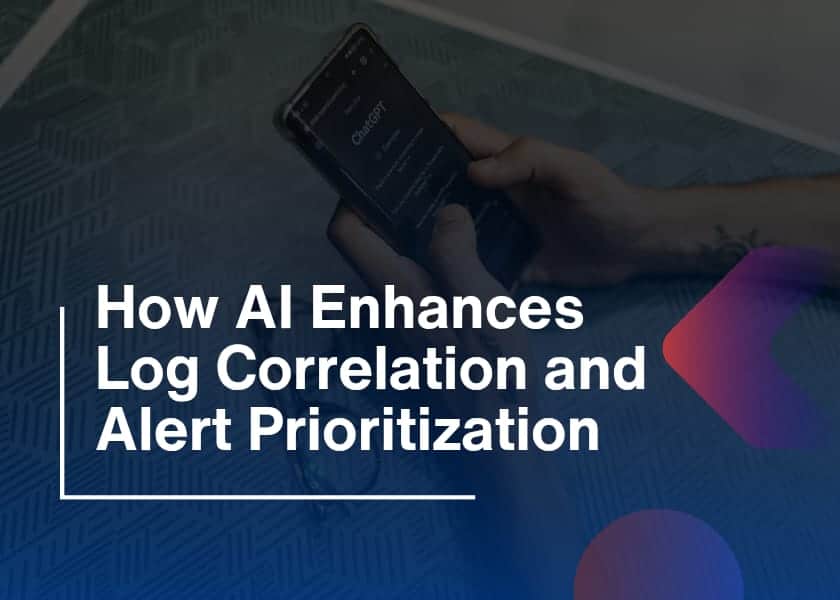Ever wondered who keeps your company safe from cyberattacks around the clock? When you think about cybersecurity, it’s easy to imagine a team of tech wizards typing away in a dark room. While that’s not entirely wrong, there’s a lot more structure, strategy, and teamwork involved, especially inside a Security Operations Center (SOC). Every person in a SOC plays a vital part. So, from monitoring threats to responding to incidents, the SOC team’s roles are carefully designed to ensure nothing slips through the cracks. But who does what, and why does it matter to your business? Let’s explore the key players inside a SOC and how their roles keep your digital environment safe.
Understanding SOC Team Roles
But first, what is a SOC? Let’s find out before we dissect individual positions. A Security Operations Center (SOC) is a focal point organization that addresses security matters in both an organizational and technical aspect. Therefore, the roles of the SOC team in this center collaborate to identify, investigate, remediate, and thwart cybersecurity incidents. That is to say that a SOC is the brain of the digital defense system of your company. So, each position within it is a nerve of the organism, like transmitting signals, making decisions, and taking action.
Why SOC Roles Matter So Much?
Cyber threats get sophisticated daily. So, one missed alert or slow response might cost your business millions of dollars and even its reputation. This is why it is important to have clarified the SOC team roles. It makes sure that:
- Everybody is aware of his or her obligation
- Threats are dealt away effectively.
- In high-stress situations, there is no confusion
- The skill sets are applied in areas that count the most.
Alright, so without further ado, let us examine the specific tasks you will regularly encounter within a SOC.
1. SOC Manager
The SOC Manager is at the peak of the structure. Therefore, this individual is in charge of the SOC’s overall work. So, they are in charge of team management, security program development, assurance, and reporting to higher-ups. Key responsibilities:
- Budgets and SOC resource management
- Setting up the response workflow
- Establishing team objectives and KPIs
- Communication and the C-suite leadership
- Directing incident response against big threats
In addition, this position needs a combination of technical knowledge and leadership abilities. Moreover, the SOC Manager is the one who establishes the mood of the whole team.
2. Security Analysts (T1, T2 and T3)
The workforce that makes up the core of a SOC is comprised of security analysts. So, what do they do primarily? To alert, examine, and act on security alerts. They are, however, grouped into levels depending on the experience and responsibility.
Tier 1: Alert Monitors
These are low-level analysts who deal with the line of first defense. So, they track dashboards and alerts on any suspicious activities.
Tasks include:
- Sorting out inbound alerts
- Threats of increased levels
- With the help of predetermined playbooks
Tier 2: Incident Responders
These intermediate analysts look deeper into alerts. Additionally, they find out the underlying causes, determine the extent of the worst, and implement measures to control threats. So, their responsibilities include:
- Suspicious file and log analysis
- Communication with IT teams
- Malware analysis
Tier 3: Threat Hunters
They are advanced threat intelligence analysts. So, they actively seek threats that could have evaded detection. In addition, their duties involve:
- Going on threat-hunting missions
- Zero-day vulnerability identification
- Refresh e.g,. Detection rules and methods
Furthermore, these three levels are vital SOC team functions that provide an increasing level of protection and visibility.
3. Incident Responder
While some SOCs merge this role with Tier 2 analysts, larger organizations often have dedicated Incident Responders. So, they take charge during a security breach. Main responsibilities:
- Containing and mitigating threats
- Coordinating incident response plans
- Conducting forensic analysis
- Writing post-incident reports
Moreover, they must act fast, stay calm under pressure, and know how to communicate clearly with both technical and non-technical staff.
4. Threat Intelligence Analyst
This role focuses on understanding the bigger picture of the threat landscape. In addition, a Threat Intelligence Analyst collects and analyzes data from various sources to predict and prepare for attacks. Key tasks include:
- Monitoring hacker forums and the dark web
- Creating threat reports
- Advising analysts on emerging risks
- Mapping attacker behaviors
So, this is one of the SOC team roles that work closely with both internal teams and external partners to keep the SOC ahead of the game.
5. SOC Engineer
A SOC Engineer builds and maintains the technology stack used by the team. Without this role, analysts wouldn’t have the tools they need to operate efficiently. Responsibilities:
- Setting up Security Information and Event Management (SIEM) systems
- Maintaining intrusion detection systems
- Automating alert rules and responses
- Integrating new tools and data sources
In addition, they also troubleshoot technical issues and help analysts interpret complex alerts. Basically, they make sure everything runs smoothly on the backend.
6. Compliance and Risk Analyst
In regulated industries, compliance is just as important as detection. That’s where the Compliance and Risk Analyst steps in. Duties involve:
- Ensuring the SOC meets standards like GDPR or HIPAA
- Performing risk assessments
- Auditing incident response logs
- Preparing for external reviews or audits
This is one of the lesser-known but vital SOC team roles, especially in healthcare, finance, and government sectors.
7. Security Architect
Not always stationed directly inside the SOC, a Security Architect still plays a major role. Additionally, they design the overall security infrastructure and often consult with the SOC on improving defenses. Main tasks:
- Developing network security frameworks
- Approving new security technologies
- Performing high-level threat modeling
- Advising on risk mitigation strategies
Their input ensures the SOC has a solid foundation to build on.

How Do These Roles Work Together?
Each of the SOC team roles we’ve discussed has a unique purpose. But together, they create a powerful force that can identify, prevent, and respond to cyber threats in real time. Here’s how a real-world threat might be handled:
- Firstly, a Tier 1 analyst notices a suspicious alert.
- Then, they escalate it to Tier 2, who confirms it’s a malware infection.
- The Incident Responder steps in to contain the threat.
- The Threat Intelligence Analyst traces the malware’s origin.
- The SOC Engineer updates the system rules to block similar threats.
- The SOC Manager reports the incident to leadership.
- The Compliance Analyst ensures documentation is audit-ready.
Moreover, seamless teamwork is what makes a SOC effective.
How Can Small Businesses Access These Roles?
If you’re a small or medium-sized business, hiring a full team for every role might not be realistic. That’s why many turn to SOC-as-a-Service providers. Therefore, these third-party services offer access to all the essential SOC team roles on a subscription basis. Additionally, you get 24/7 coverage, expert-level response, and scalability, without building everything in-house. It’s a smart move for growing businesses that need strong security but want to control costs.
Conclusion
Every role inside a SOC serves a unique and critical purpose. From the alert-watching Tier 1 analyst to the big-picture thinking SOC Manager, each person contributes to a safer digital environment. By understanding SOC team roles, businesses can make smarter decisions about building or outsourcing their cybersecurity efforts. Whether you’re a global enterprise or a small startup, knowing who does what in your SOC can help you respond faster, defend better, and sleep easier. In today’s cyber world, every second counts and every team member matters.





